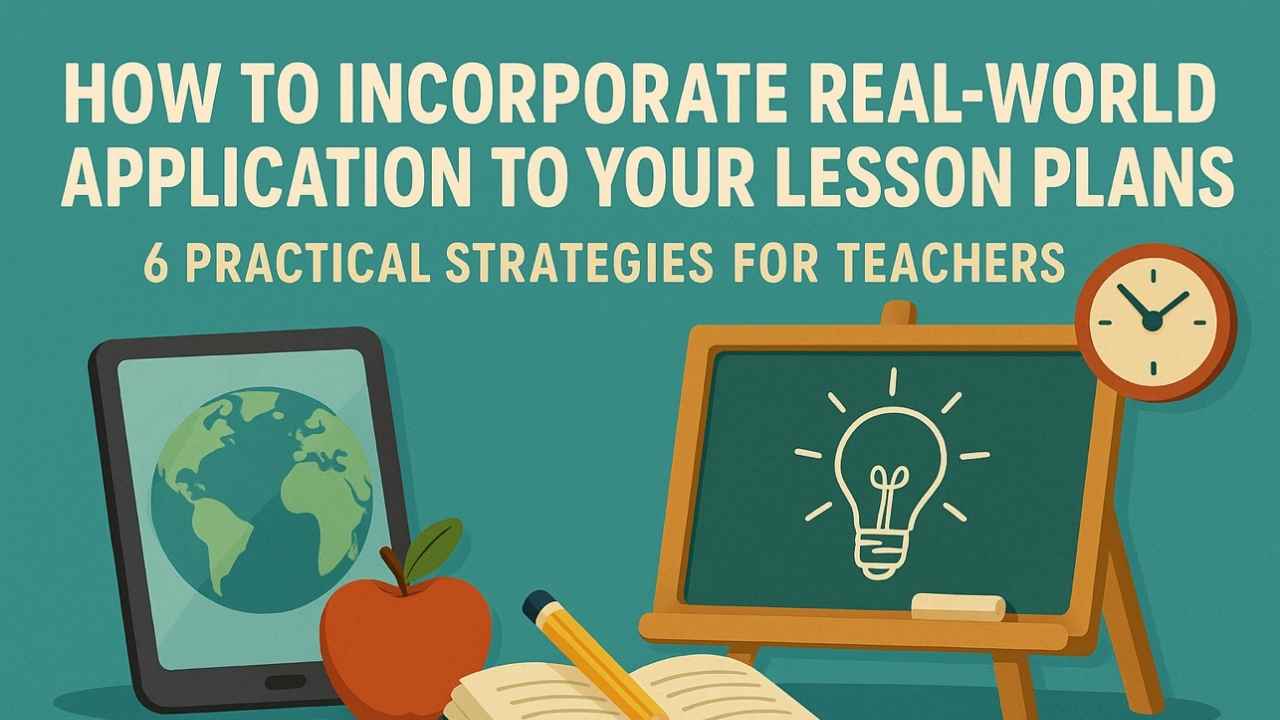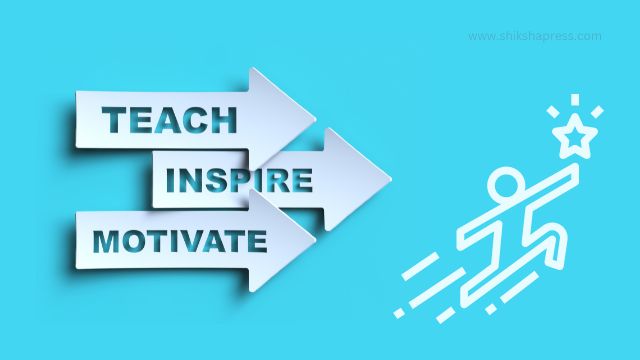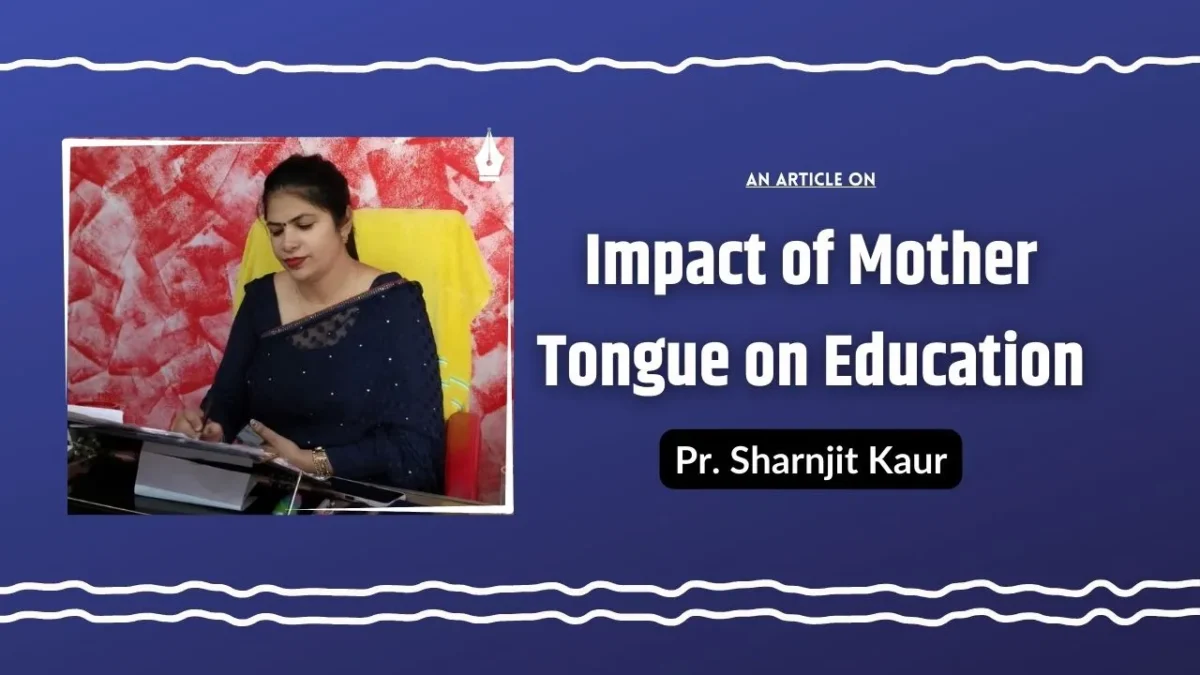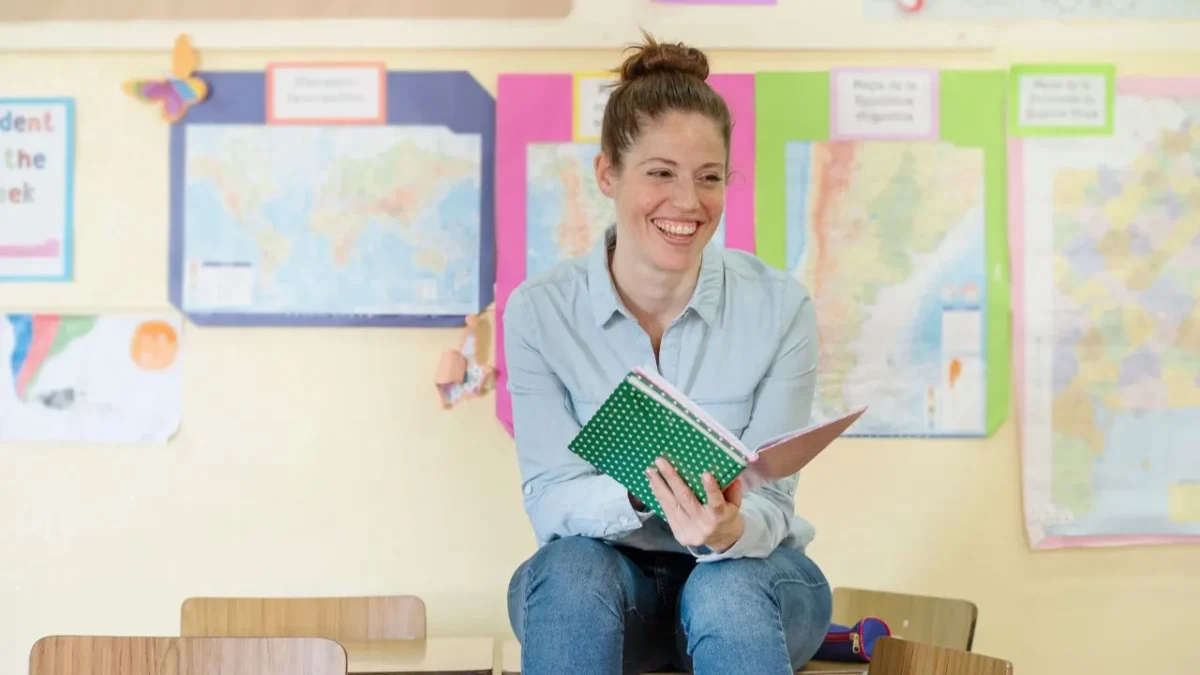Make Learning Real: 6 Classroom Hacks Every Teacher Should Know in 2025
In today’s fast-changing world, students need more than just textbook knowledge. They need to understand how their learning connects with real life. When lessons are tied to real-world experiences, students become more engaged, motivated, and confident.
It helps them see the purpose behind what they are studying and prepares them for life beyond the classroom.
Here are six powerful ways teachers can incorporate real-world application into their lesson plans:
Connect Lessons with News and Current Events
How it works: You can encourage students to read or watch a recent news story, and then guide them to link it with the topic they are studying in class.
Why it matters: This approach strengthens critical thinking and makes every lesson feel relevant. Whether it’s science, economics, or social studies, connecting current events helps students truly grasp how classroom learning impacts real life.
Example: In a history class, students might analyse how a current global conflict mirrors historical alliances or treaties.
Organise Field Trips to Relevant Locations
How it works: Take students outside the classroom to workplaces, businesses, or organisations that connect with your subject area.
Why it matters: Field trips offer students a window into how their learning applies in real-world settings. They build curiosity, spark interest, and introduce students to possible career paths.
Example: Marketing students visiting a branding agency can see how professionals manage campaigns, social media, and client strategies in real-time.
Design Real-World Simulations in Class
How it works: Set up classroom activities that simulate real-life tasks or situations. Let students take on roles and complete practical challenges.
Why it matters: These simulations turn lessons into hands-on experiences. They help students practise their skills in a realistic, yet safe, environment—boosting both confidence and problem-solving abilities.
Example: In a lesson on income tax, students could fill out a mock tax return using fictional job roles and salaries.
Introduce Real-Life Problem Solving Tasks
How it works: Give your students real-life challenges and invite them to find workable, thoughtful solutions.
Why it matters: This method builds problem-solving, teamwork, and decision-making skills. It empowers students to deal with life’s challenges and prepares them for adulthood.
Example: In a personal finance session, students could be given a family scenario and asked to create a detailed monthly budget.
Invite Guest Speakers into the Classroom
How it works: Bring in industry professionals, local heroes, or experts to share their stories, advice, and experiences directly with students.
Why it matters: Guest speakers create a powerful connection between theory and practice. They inspire students and offer real-life perspectives that can’t always be captured in textbooks.
Example: An entrepreneur can explain the rollercoaster journey of launching a startup—highlighting both setbacks and wins that resonate deeply with young minds.
Engage in Community-Based Learning Projects
How it works: Collaborate with students on projects that address real needs in the local community while applying their academic skills.
Why it matters: It allows students to contribute meaningfully to the world around them. They not only learn by doing but also develop empathy, responsibility, and a sense of purpose.
Example: In a web design course, students could offer to build or improve a website for a local non-profit, learning design skills while serving the community.
Test Your Grammar Skills: Advanced English Grammar Challenge
| Question | Answer |
|---|---|
| What is real-world learning in education? | It’s a teaching method that connects lessons with real-life situations or tasks. |
| Why should teachers use real-world examples? | It boosts student motivation, relevance, and critical thinking. |
| What subjects can use real-world applications? | All subjects, including science, history, business, and arts. |
| How do guest speakers help students learn better? | They share real experiences that make academic content feel practical and inspiring. |
| Can real-life activities work in online classrooms too? | Yes, through virtual tours, simulations, and live interviews. |
Final Thoughts
When we integrate real-world applications into our teaching, learning becomes more than just routine—it becomes purposeful and inspiring. These strategies help bridge the gap between theory and real life, making every class an opportunity to grow not only academically but also personally.
No matter what subject you teach—science, arts, business, or languages—you can start small. Introduce just one real-world element into your next lesson and observe the impact.
You’ll find your students more engaged, curious, and ready to apply their knowledge to the world beyond school. As educators, that’s the kind of learning journey we all hope to create.







